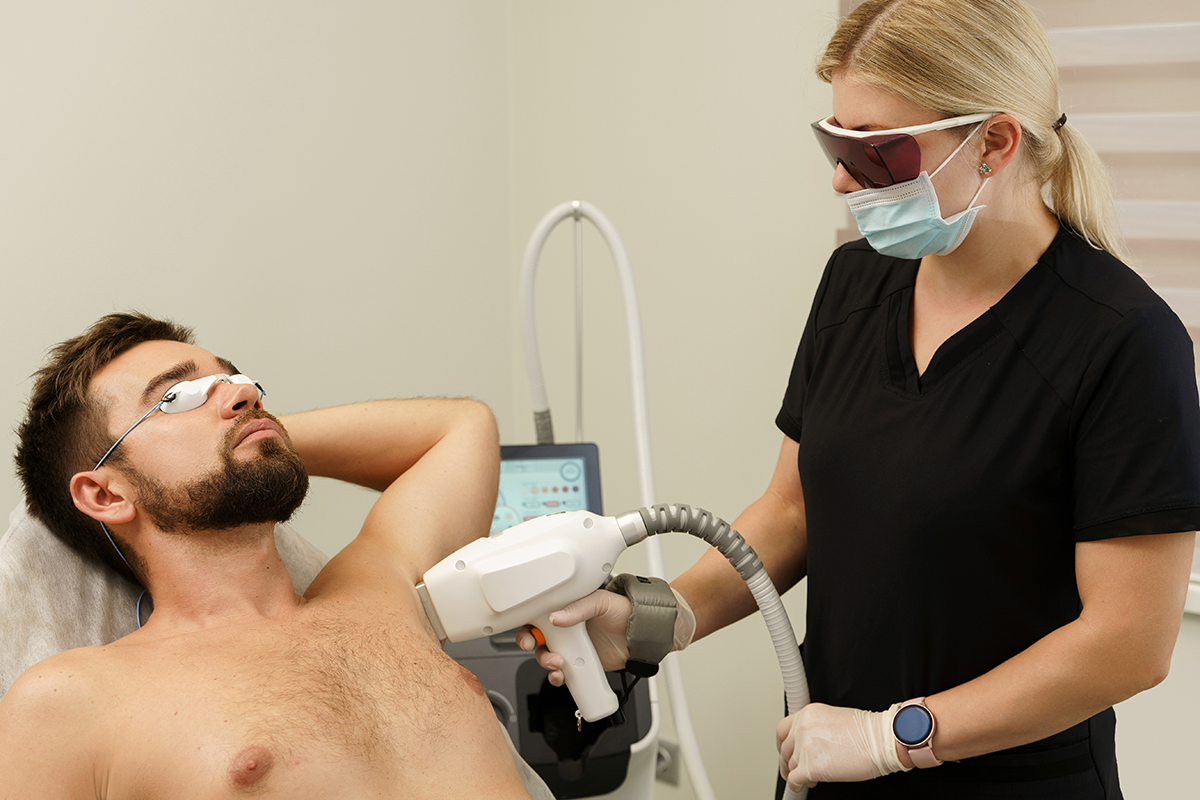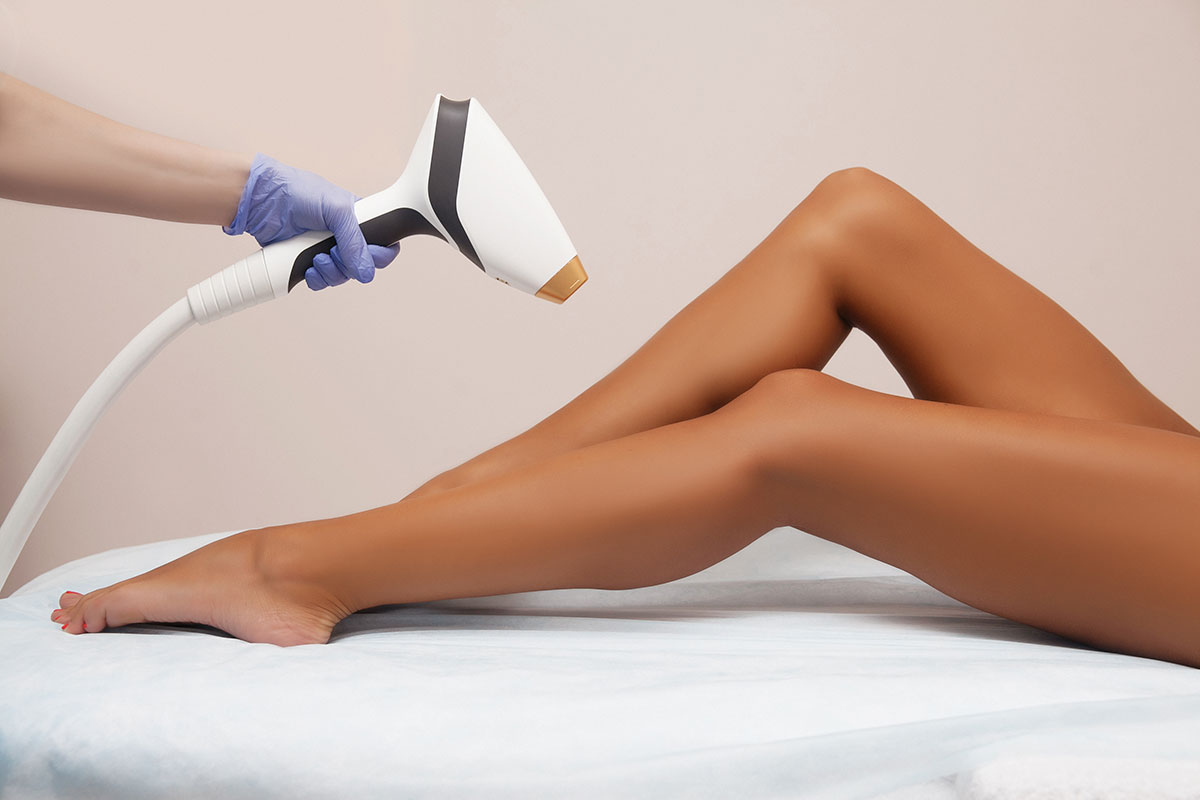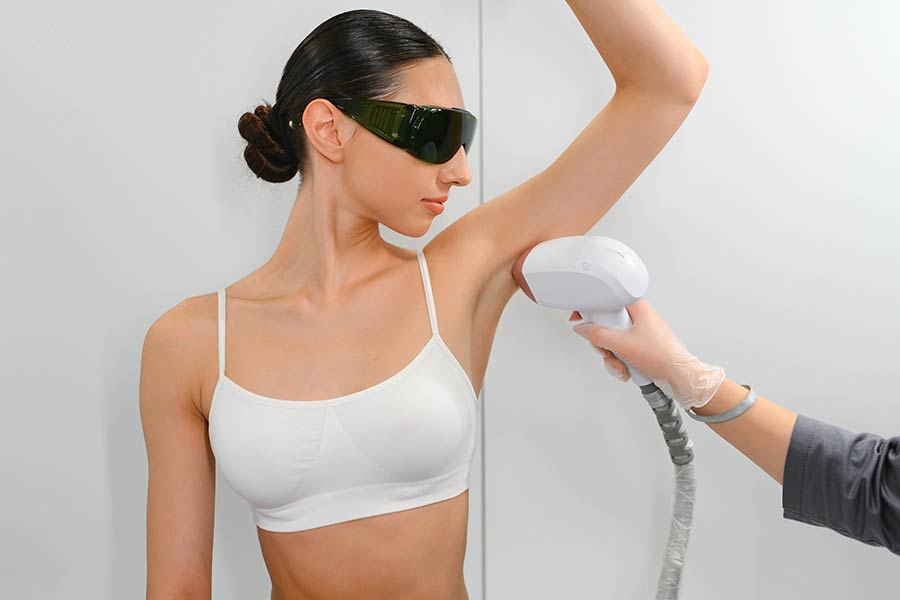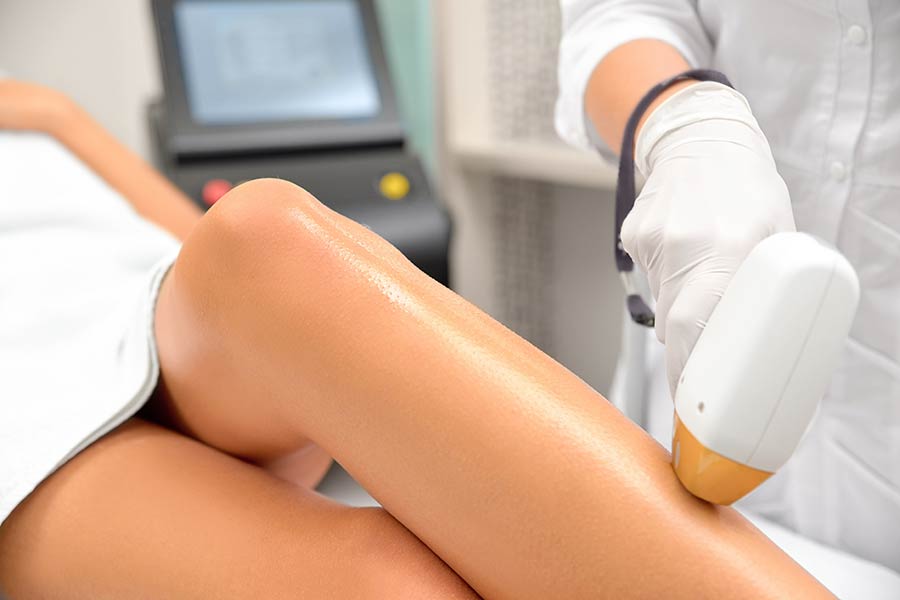Ever wondered why everyone's talking about fillers but nobody mentions the price tag? It's no secret that achieving that flawless, youthful look can sometimes mean diving into the world of cosmetic enhancements. But let's cut straight to the chase: how much does filler cost? This post is your go-to guide for understanding the financial side of getting fillers. We'll break down the costs associated with different types of fillers, what factors influence the overall price, and how to budget for this beauty investment. Whether you're contemplating your first treatment or are a seasoned pro looking to manage your beauty expenses better, we've got all the info you need to make informed decisions about your skincare journey.
Key Takeaways
- Filler costs vary widely based on type, treatment area, and provider expertise, so it's crucial to do your research and understand what influences the price.
- The specific area you want treated plays a significant role in how much you'll pay, with areas requiring more precision or filler material often costing more.
- Not all fillers are created equal; selecting the right filler for your needs and goals can impact both the effectiveness and cost of your treatment.
- Budgeting for ongoing treatments is essential since most fillers are not permanent and will require maintenance sessions to retain results.
- Choosing a qualified and experienced provider is more important than simply looking for the lowest cost to ensure safety and achieve the best outcomes.
- Look into financing options and deals but prioritize the provider's reputation and your safety over discounts.
Understanding Filler Costs
Types of Fillers
Fillers come in various types, each suited for specific treatment areas. Hyaluronic acid is popular for its natural compatibility with the body, making it a top choice for many. Calcium hydroxylapatite, known for its longer-lasting results, works well for deeper lines and volume enhancement. Poly-L-lactic acid stands out for its ability to stimulate collagen production over time.
Each type has its unique advantages depending on the treatment area. For instance, hyaluronic acid is often used in lips for its softness and natural feel, while calcium hydroxylapatite may be preferred for enhancing cheekbones due to its denser composition.
The cost varies significantly between synthetic and natural fillers. Synthetic fillers tend to be pricier but offer longer-lasting results. In contrast, natural fillers might need more frequent touch-ups, influencing overall expenditure.
Treatment Areas
Popular treatment areas include the lips, cheeks, under eyes, and jawline. The size of the area directly impacts how much filler is needed. Larger areas like the cheeks or jawline typically require more product than smaller areas like under the eyes or lips.
Consequently, treating more extensive areas generally leads to higher costs due to the increased amount of filler used. This factor is crucial when budgeting for cosmetic enhancements.
Price Factors
Several factors influence the price of filler treatments. The type of filler selected can make a significant difference in cost. A practitioner's expertise plays a vital role; seasoned professionals may charge more due to their experience and demand.
Clinic location also affects pricing; clinics in upscale neighborhoods or major cities often have higher rates. Treatment complexity can further impact costs; intricate procedures requiring advanced techniques may come at a premium.
Market demand can sway filler costs too. Popular treatments might carry a higher price tag based on their demand within the beauty industry.
Additional Costs
Be aware of potential extra charges beyond the basic treatment cost. Consultation fees are common before undergoing any procedure. Follow-up visits and touch-ups might incur additional expenses not included in the initial quote.
Hidden costs can surprise patients after treatment. Always ask for a detailed breakdown of costs before proceeding to avoid unexpected charges later on.
Factors Influencing Price
Geographic Location
Prices for fillers can vary greatly depending on where you are. In big cities and more affluent countries, living costs are higher. This means filler treatments tend to cost more too. Urban areas, with their high demand and premium office spaces, often see higher prices than rural locations.
For those looking to save money, it might be worth considering travel. Some people find much more competitive rates in different cities or even countries. This approach requires some research but can lead to significant savings.
Practitioner Expertise
The experience and skill level of the practitioner also play a crucial role in determining the price of filler injections. Generally, more experienced professionals charge higher fees. However, investing in expertise ensures better outcomes and reduces the risk of complications.
It's important to check the qualifications and reviews of any practitioner you're considering. While paying more for experience might seem costly upfront, it can provide peace of mind and superior results.
Filler Material
The type of filler used significantly impacts the overall cost of treatment. There are various materials available, each with its own set of benefits. Longer-lasting fillers, though more expensive initially, may offer better value over time as they reduce the need for frequent touch-ups.
There's a cost difference between brand-name fillers and their generic counterparts. Brand names often come with a higher price tag due to their established efficacy and safety profiles.
Clinic Amenities
The environment where you receive your treatment can also affect how much you pay. High-end clinics that offer luxurious amenities typically charge more for their services. These amenities might include private treatment rooms, advanced technology, or exclusive aftercare services.
This doesn't mean that less expensive clinics provide inferior service; rather, it's about finding the right balance between comfort and cost for your needs. Consider what amenities are most important to you when choosing where to get your fillers.
Breakdown by Treatment Area
Lips and Cheeks
Lip and cheek fillers often fall into a similar price range. They can cost between $600 to $1,000 per syringe. These areas might need touch-ups every 6 to 12 months. This is because the body gradually absorbs the filler.
Fuller enhancements in these areas can drive up the cost. This is due to the extra product needed for desired volume.
Under Eyes
The skin under our eyes is delicate. Thus, treatments here can be pricier. The cost often starts at $800 and can go higher based on the complexity of the procedure.
Choosing an experienced practitioner for under-eye fillers is crucial. Their skills can reduce risks and ensure better results. Under-eye fillers tend to last longer than those in other areas, sometimes up to a year or more. This longevity can affect overall cost but may offer better value over time.
Forehead Lines
Forehead fillers serve as an alternative to Botox with different pricing structures. Prices vary widely but expect to pay around $600 to $1,000 per syringe.
The amount of filler needed directly impacts total costs. Treating deep lines requires more product, increasing expenses.
Jawline Contouring
Jawline contouring demands significant amounts of filler, affecting overall costs significantly. It's not uncommon for costs to exceed $1,500 depending on the extent of contouring desired.
Its popularity has grown, influencing both demand and pricing trends. An experienced practitioner is vital for achieving natural-looking contouring results.
Choosing the Right Filler
Safety and Quality
Selecting FDA-approved fillers is crucial for your safety. These products meet strict standards. Beware of low-cost options. They often mean lower quality. Always check the clinic's and practitioner's certifications. This ensures you're in good hands.
Quality should never be a compromise. Certified practitioners know this well.
Desired Results
The amount of filler needed depends on whether you want subtle or dramatic changes. Discuss this with your practitioner during consultation. They can help set realistic expectations.
For more extensive transformations, be prepared to invest more. Remember, achieving your dream look might require a higher budget.
Longevity of Effects
Fillers don't last forever. Their effects can vary greatly, influencing overall costs. Temporary fillers might need updates sooner than you think.
However, opting for longer-lasting fillers can be more cost-effective in the long run. Consider this when planning your budget.
Brand Differences
Not all filler brands are priced equally. Some popular ones might cost more but offer loyalty programs or discounts.
Choose a brand based on quality and results, not just price. The right brand makes all the difference in achieving your desired look.
Budgeting for Treatments
Estimating Expenses
Before diving into filler treatments, get a detailed quote from your chosen practitioner. This quote should cover all potential costs, including the procedure itself, any follow-up care, and additional fees that might arise. It's crucial to have a clear understanding of what you're paying for upfront.
Comparing prices across different clinics can also lead to significant savings. However, remember that cheaper isn't always better. Safety and quality should be your top priorities. Opting for the lowest price might compromise these important factors.
Saving Tips
For those looking to make their treatment more affordable, there are several strategies to consider. Many clinics offer discounts for first-time clients. This can be a great way to save money on your initial treatment.
Scheduling your appointment during off-peak times might also fetch you a better rate. Clinics often have more flexible pricing when they're less busy.
Joining a clinic's loyalty program is another smart move. These programs often provide discounts on future treatments, making it easier to afford ongoing maintenance.
Payment Plans
e clinics understand that not everyone can pay for their treatment in one lump sum. They offer financing options or payment plans to spread the cost over time. This can make managing payments much easier.
Certain credit cards specialize in healthcare financing and come with promotional interest rates. These offers can be very appealing but read the terms carefully. You'll want to avoid any surprises when it comes to interest rates or hidden fees.
Maintenance Costs
Finally, it's essential to budget for touch-ups or maintenance treatments down the line. Regular maintenance not only ensures the longevity of your initial treatment but can also keep costs predictable over time.
e practitioners offer maintenance packages at reduced rates. Investing in these packages upfront can save money in the long run and keep your results looking their best.
Finding the Right Provider
Credentials Importance
Choosing a practitioner with the right credentials is crucial. It ensures safety and quality in filler treatments. Board-certified practitioners often charge more. Yet, they offer better assurance of quality. Always verify a practitioner's credentials and training before proceeding. This step is vital for your safety and satisfaction.
Experience Level
Practitioners with more experience usually have higher fees. There's a strong link between an experience level and treatment success rates. Investing in an experienced practitioner can lead to better outcomes. It also reduces the risk of complications.
Client Reviews
It's wise to read client reviews before choosing a provider. Look for before-and-after photos of actual clients to gauge results. Consider the overall sentiment in reviews, not just isolated feedback. This can give you a clearer picture of what to expect.
Consultation Importance
A consultation plays a key role in understanding treatment options and costs. Use this time to assess if the practitioner understands your goals well. Some clinics offer free consultations, while others may apply the fee toward your treatment cost.
Financing and Deals
Clinic Offers
Clinics often have special offers or package deals. It's smart to look out for these. But, be careful. Make sure these deals don't cut corners on safety or quality. During your consultation, ask about any upcoming promotions. This could save you money without risking your health.
e clinics might offer discounts if you book multiple treatments. This is great for long-term plans. Just remember, the lowest price isn't always the best deal. The clinic's reputation and the expertise of its practitioners are more important.
Loyalty Programs
Joining a clinic's loyalty program can lead to discounts on future treatments. These programs sometimes give bonuses if you refer new clients to the clinic. Before joining, check the terms and benefits carefully.
Loyalty programs are a win-win. They reward you for sticking with a clinic and referring friends. But, make sure the program truly offers value and doesn't just lock you into one provider without real benefits.
Seasonal Promotions
Many clinics offer special pricing at certain times of the year. Ask about any upcoming seasonal promotions. These can provide significant savings.
However, don't let a promotion rush your decision. It's crucial to research the clinic and practitioner first. A good deal is only good if it meets your needs safely and effectively.
Insurance Coverage
Mostly, insurance does not cover cosmetic fillers because they're considered elective procedures. However, if your treatment is for medical reasons, check with your insurance company.
For eligible expenses, consider using health savings accounts (HSAs) or flexible spending accounts (FSAs). These accounts can help manage costs in a tax-efficient way.
Making an Informed Decision
Evaluating Options
Before choosing where to get fillers, compare different clinics and practitioners. Look at their experience, reviews, and before-and-after photos. It's not just about the price. Consider what you're getting for your money. This includes follow-up care and the clinic's amenities. These can make a big difference in your experience.
Take your time deciding. You should never feel rushed or pressured into making a choice. A good practitioner will give you all the information you need to make an informed decision.
Considering Alternatives
Fillers are not the only way to enhance your appearance. Botox and skincare treatments are also popular choices. Each option has its own set of benefits and costs.
It's important to talk with your practitioner about all available options. They can help you understand what each treatment can do for you. For some, a combination of treatments may offer the best results.
Long-Term Investment
Investing in high-quality fillers from skilled practitioners pays off in the long run. These treatments may last longer, meaning fewer touch-ups are needed over time. This can be more cost-effective than opting for cheaper options that require frequent visits.
Consider the cumulative cost of less expensive treatments compared to more durable, quality options. Sometimes, spending more upfront can save money and time in the future.
Health Considerations
Your health is crucial when considering fillers. Always tell your practitioner about any health conditions you have. Some conditions might affect which filler is safe or most effective for you.
Following post-treatment care instructions is also vital for optimal results and safety. Proper care can help avoid complications and ensure that you're happy with the outcome.
Final Remarks
Navigating the costs of filler treatments doesn't have to be a maze. You've got the essentials: understanding costs, what influences them, and how to choose wisely for your needs and budget. It's about making smart choices—picking the right filler and provider while keeping an eye on your wallet. Remember, investing in fillers is investing in yourself, but it shouldn't break the bank. Deals and financing options are out there, so you don't have to compromise on quality for affordability.
Now's the time to take action. Armed with knowledge, you're ready to make informed decisions that align with your goals and budget. Don't let cost fears hold you back from feeling confident and looking your best. Start your journey towards a more confident you today by finding the perfect provider and treatment plan that fits your budget. Your ideal self is waiting.
Frequently Asked Questions
How much does filler typically cost?
Filler costs vary widely but expect to pay anywhere from $500 to $2,000 per syringe, depending on the type of filler and the area being treated.
What factors influence the price of fillers?
The price of fillers is influenced by the type of filler used, the treatment area, the provider's expertise, and geographic location.
Can the cost of fillers vary by treatment area?
Yes, costs can vary significantly by treatment area. For example, lip fillers may be less expensive than cheek augmentation due to the amount of filler required.
How do I choose the right filler for me?
Choosing the right filler involves consulting with a qualified provider who can assess your needs and recommend the best product based on your goals and budget.
Should I budget for multiple filler treatments?
Yes, budgeting for multiple treatments is wise as fillers are temporary, and maintenance sessions will be needed to preserve results.
How can I find a reputable provider for filler injections?
Look for providers with extensive experience in injectables, positive reviews, and before-and-after photos of their work. Consultations are also key in assessing their expertise.
Are there financing options available for filler treatments?
Many providers offer financing plans or partner with companies that provide healthcare financing. Special promotions or package deals may also be available to help manage costs.

















